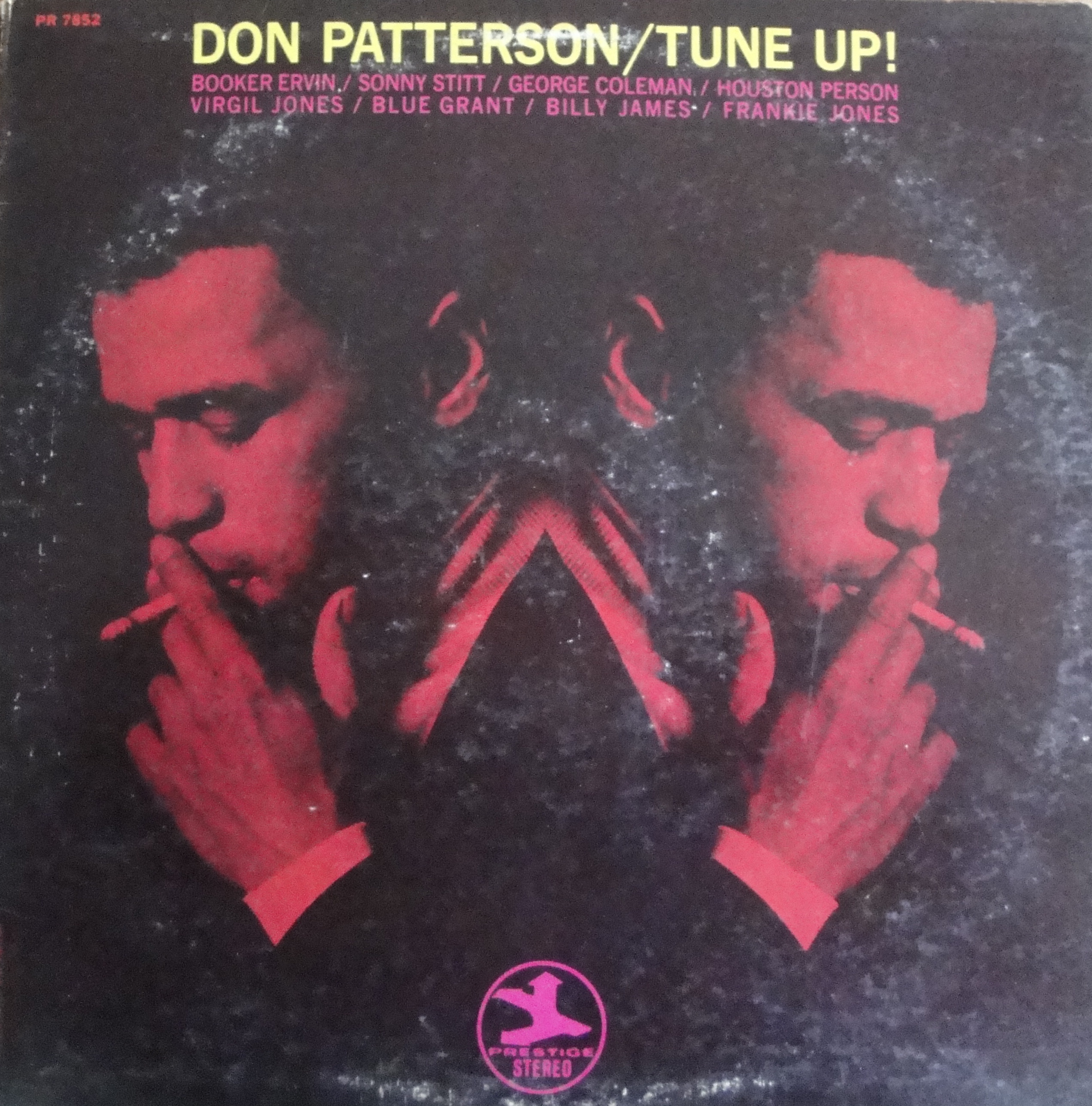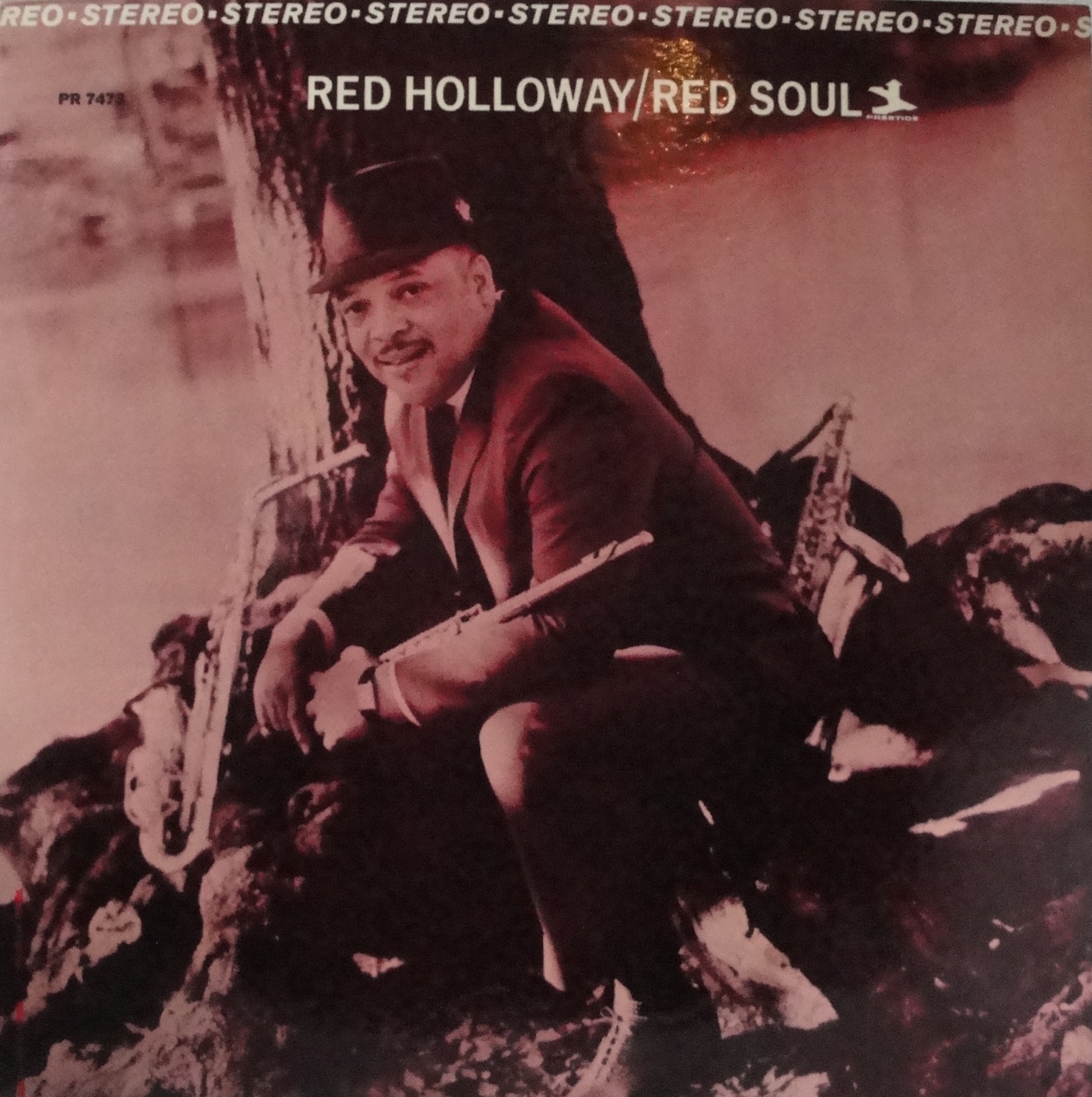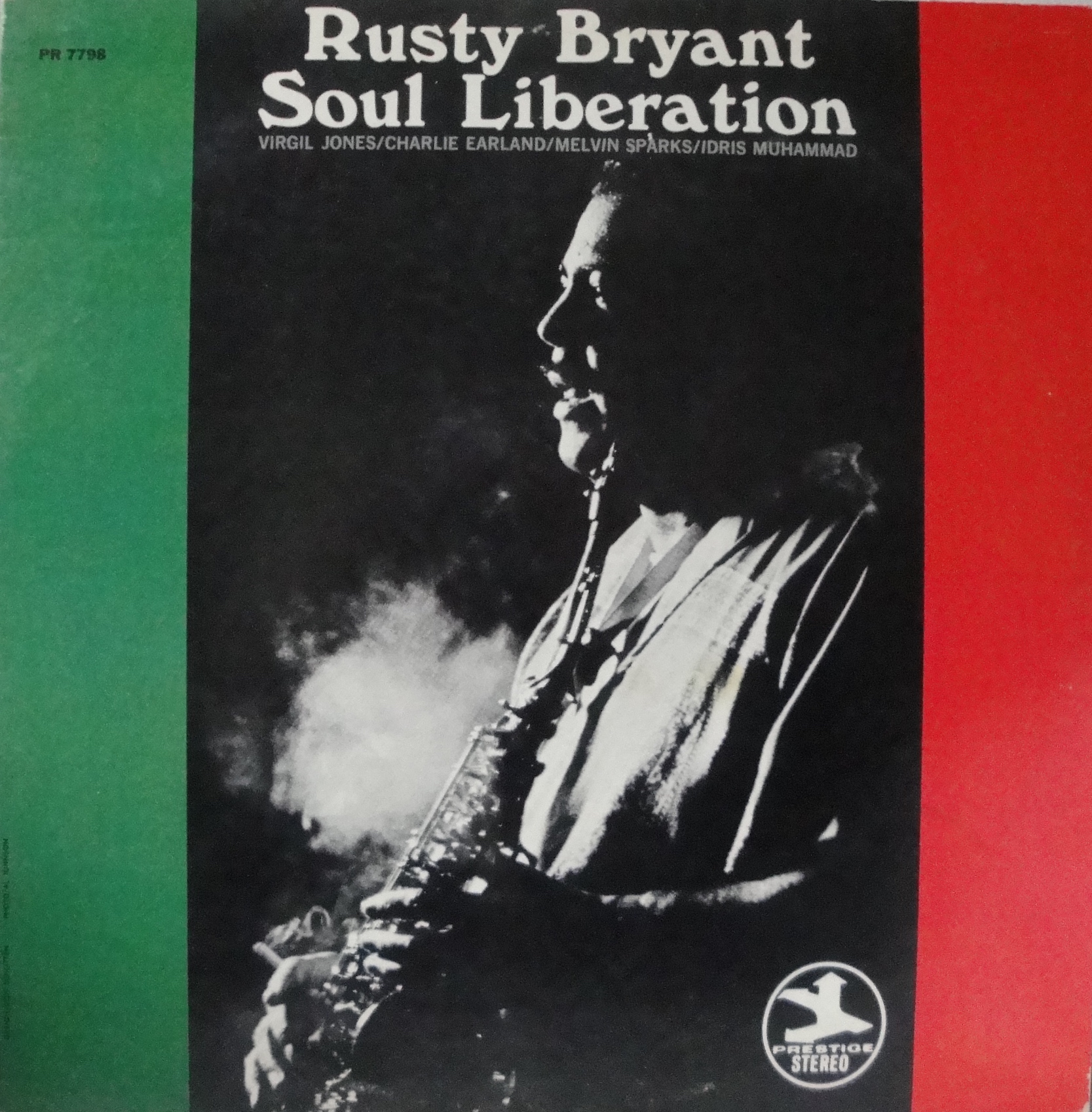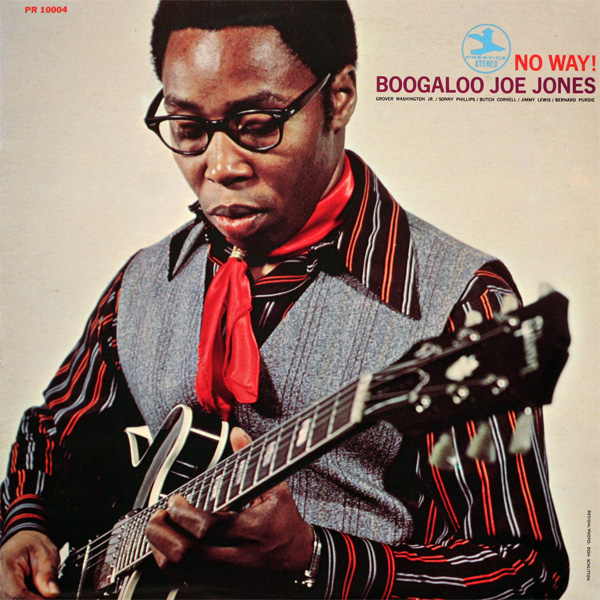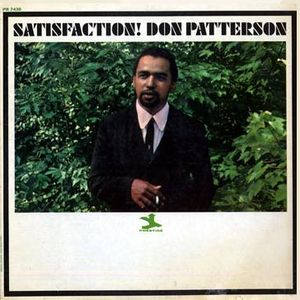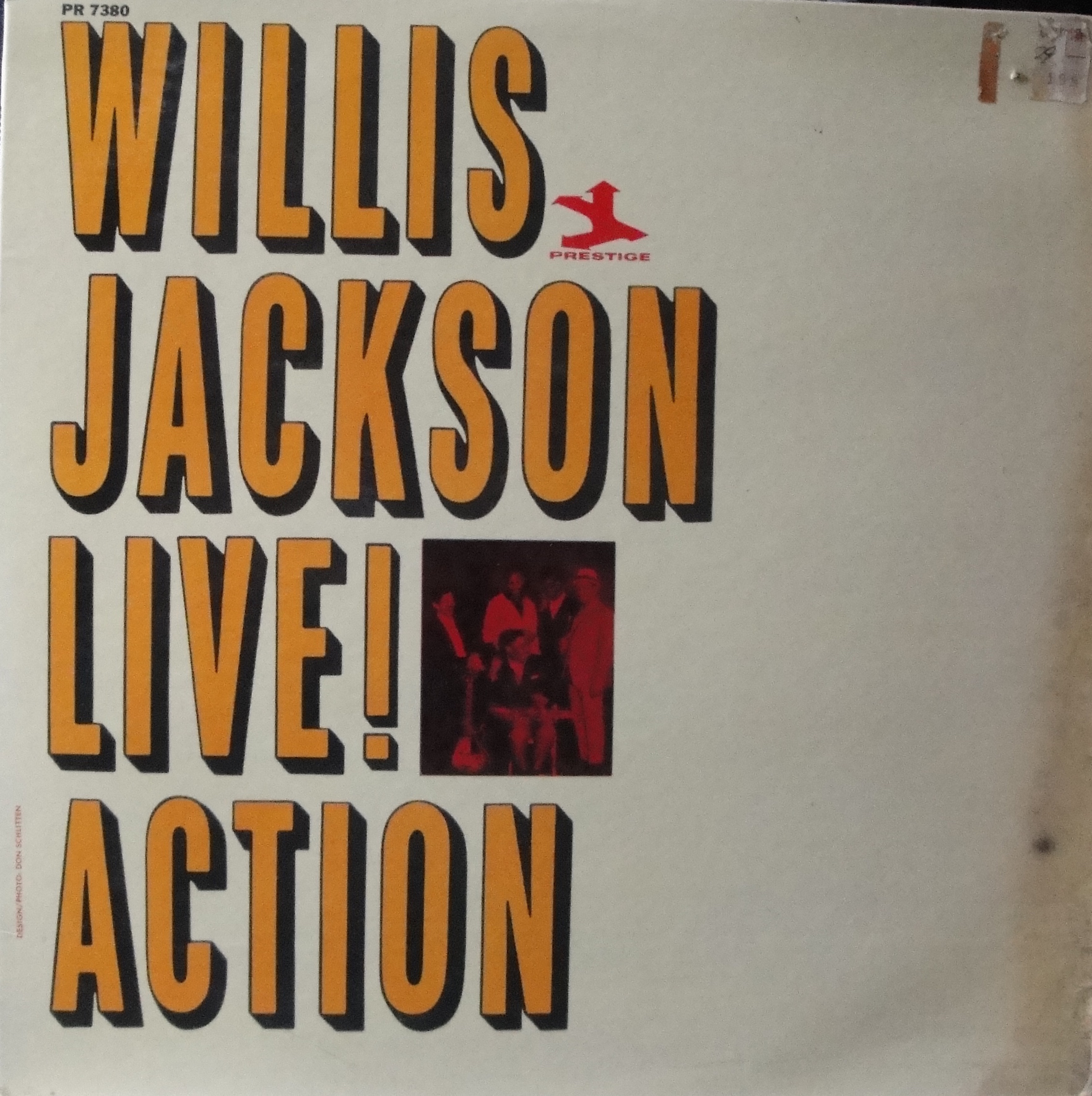Tune Up! is one more example of a record company’s policy to keep an interest in the career of a musician when he or she is absent with no apparent return ticket attached; in this case Don Patterson, whose hard road of drug abuse at the end of the sixties had become strewn thick with heavy rocks and barbed wire.
Personnel
Don Patterson (organ), Booker Ervin (tenor saxophone A1-2), Sonny Stitt (tenor saxophone A2, B1), Houston Personn (tenor saxophone B2), George Coleman (tenor saxophone B2), Virgil Jones (trumpet B2), Grant Green (guitar B1), Billy James (drums A1-2, B1), Frankie Jones (B2)
Recorded
Recorded on July 10 & August 25, 1964 and June 2 & September 15, 1969 at Van Gelder Studio, Englewood Cliffs, New Jersey
Released
as PR 7852 in 1969
Track listing
Side A:
Just Friends
Flying Home
Side B:
Tune Up
Blues For Mom
It didn’t affect his playing on the title track, this album’s most interesting cut, a leftover from a September ’69 session that spawned two high-standard releases – Brothers 4 and Donnybrook. It would be hard to follow up Grant Green’s amazing solo on Miles Davis’ fast-paced composition – Green (credited as Blue Grant) showing no loss of remarkable straight jazz skills during his burgeoning funk jazz period – were it not that Don Patterson rises to the occasion, not tempted to flex his muscles in bragadocious manner, but instead stringing one dynamic, coolly delivered bop run to another, like multiple toy beads.
It’s difficult to make head or tail out of an album that presents four tunes from four different sessions, ranging from ‘64 to ’69. This nevertheless belies the good quality of these sessions, what with the standing of Patterson and sidemen such as Stitt, Ervin, Coleman and Jones, who confidently blow their way through standards and blues.
